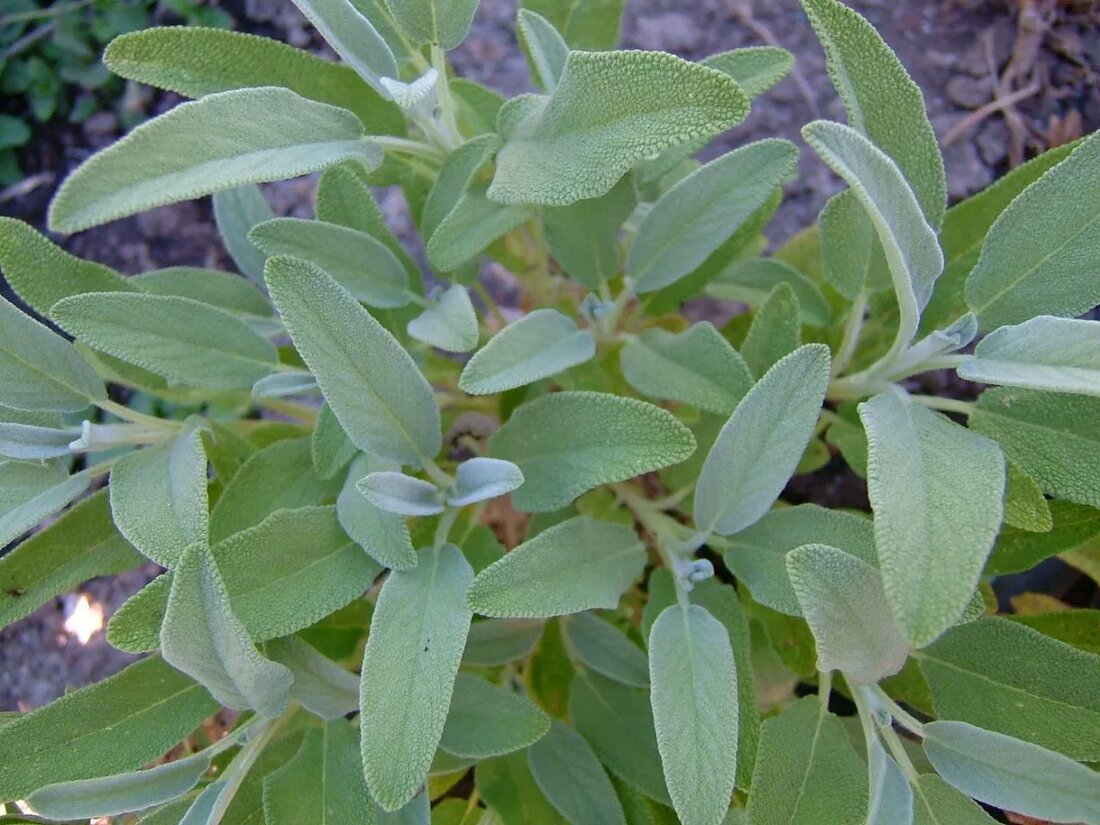Perfume in ancient Greece
Perfume in ancient Greece
perfume has been a sought -after asset since ancient times and many of the techniques used are still used to a certain extent. If you look at the ancient attitude to perfume, it is surprisingly to discover how much it actually reflects the expectations of today. In order to understand nature in ancient Greece, historians rely on written sources, excavated mosaics and other visual representations and artifacts such as perfume bottles. From these objects, loose can be determined about function, meaning and production in ancient Greece.
The art of perfume production began on the island such as Crete and other Greek colonies. It was brought to the Agora or the marketplace and sold to stands. The ancient Greeks quickly began to experiment with it and developed their own extraction techniques, in which boiling herbs and petals were used. These methods areolated the necessary plant ingredients and then perfumes were made by infusing the extracted scents in oils. The process was a simple version of modern techniques, but was able to create such a great variety of them as can be enjoyed today.
The ingredients were mainly grown flowers such as Iris and Majoran, roses, lilies and violets. Herbs and spices such as sage and cumin were also used. Incense and myrrh were considered decadent and were reserved for the gods until the 4th century, when taste, ideology and availability changed. Like other ancient civilizations, the ancient Greeks imported oriental essences to create more exotic perfumes. In contrast to other civilizations, however, they mainly kept them for their own use and not for export.
perfume was of central importance for ancient Greek life. It was so popular that the politician Solon temporarily banned his use to prevent an economic crisis. It was the center of hospitality, wealth, status, daily life and even philosophy. It was considered erotic, mystical and spiritual. It was associated with beauty that was inseparable from divinity. The origins of perfume and perfumery are interwoven with Greek mythology. In the Homerische tradition, the Olympic gods taught people in perfumery. The color and fragrance of the rose are attributed to events around Venus and Amor.
perfume was worn by both men and women and was of central importance for cult worship because it was pleasing to the gods and could win their favor. It covered the smell of victims during ceremonies and was used as a good omen for marriage and birth. Babies were used for good health. It was also central to death. Pull victims were worn at the front of the funeral procession. Corpses were burned, wrapped in perfumed body towels, which were assumed to secure a happy life after death. Other corpses were buried with containers, in turn as offerings to the gods.
perfume was also an integral part of cleanliness and was used by men and women in elaborate bathing rituals. It was so widespread that the philosopher Socrates openly rejected and rejected his use by claiming that it was not making a free man to distinguish from a slave. Athletes used perfume for medical purposes in the form of balm and ointment oils after training. This is an early knowledge of the possible therapeutic and healing properties that are reminiscent of the settings on aromatherapy and aromacology in modern times. The hospitality also required a wealth of perfume because the feet of the guests were washed and anointed while sitting. Some wines were also perfumed according to Appicius works, hoping that they have medical properties.
With the obvious importance of perfume, it is not surprising that it was kept in bird and animal shape bottles, which were sometimes only a few centimeters tall. Many were around the 6th century BC Chr. Found and are known as plastic. In fact, the perfume bottles are spun ceramics and they usually assumed a shape that reflected the type of perfume.
lekuthos were used for liquid perfume and were slim elegant glass bottles. Aryballs were used for oils and ointments. Alabastron perfume bottles were particularly valued by women, and it was common for the craftsmen to give the bottles with branding to mark their craftsmanship, which made them even more collective. As you can see, there are many similarities to the modern attitude to perfume.


Kommentare (0)